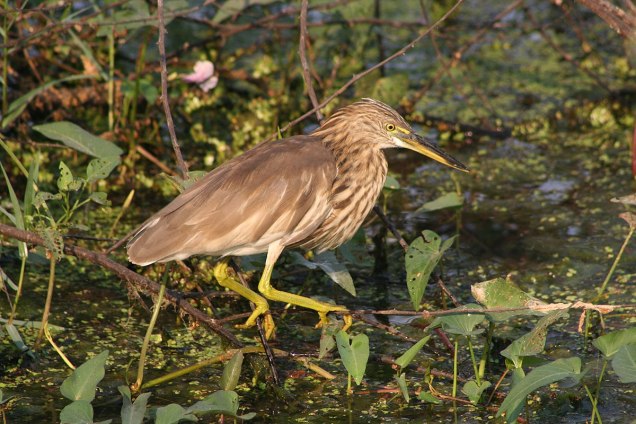Biological annihilation via the ongoing sixth mass extinction signaled by vertebrate population losses and declines (2017) Ceballos et al., Proceedings of the National Acadeemy of Sciences of the USA, DOI: https://doi.org/10.1073/pnas.1704949114

Guest Post by Jonatan Marquez
The Crux
The rate at which species and populations have been going extinct in the last couple of centuries has well and truly earned the title of the planet’s sixth mass extinction event. However, most people rarely realize the severity of the situation. Hearing about the loss of two vertebrate species a year or having the last of some far-off species die out doesn’t see to cause much concern in the general public.
A species extinction is always preceded by population declines and extinctions. Perhaps highlighting the state of natural communities at this level might put the severity of the situation in better context. For example, the Living Planet Index (LPI) estimates that between 1970 and 2012, wildlife abundance has decreased by 58%. This paper focuses on the state and trends of populations of vertebrates by analysing i) the proportion undergoing declines or shrinkages, ii) the global distribution of population reduction events and iii) the general scale of population declines among mammal populations.
